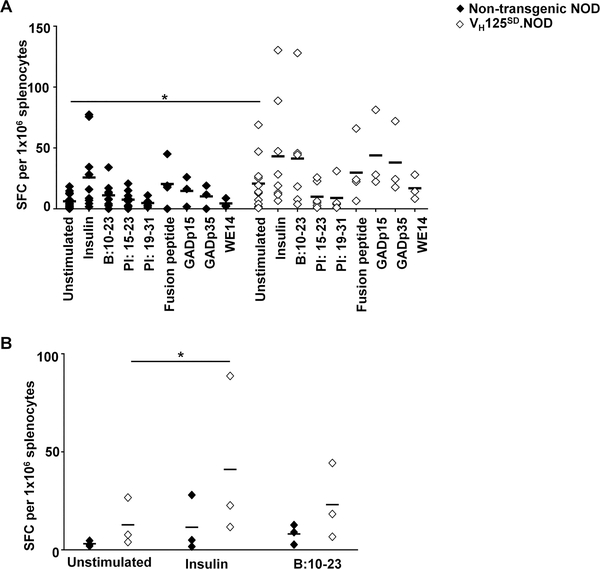Fig. 7. T cell responses to a broad array of autoepitopes are increased in VH125SD.NOD mice.
(A) Splenocytes from female, pre-diabetic non-transgenic NOD (closed diamonds) or VH125SD.NOD mice (open diamonds) (n≥3 for each antigen) were cultured with the indicated insulin antigens (insulin and the immunodominant B chain peptide B:10–23), proinsulin peptides (PI: 15–23, mouse proinsulin-1; PI: 19–23, mouse proinsulin-2), or peptide epitopes from islet-associated autoantigens (HIP, fusion peptide; mouse GAD 217–236, GADp15, mouse GAD 524–534, GADp35; ChgA 342–355, WE14) for 72h and IFN-γ spot forming cells (SFCs) were quantified. Each point represents the mean number of IFN-γ SFCs for an individual mouse. A two-way ANOVA of antigen and genotype (VH125SD.NOD and non-transgenic NOD) on IFN-γ production was conducted, and a significant main effect of genotype on IFN-γ production was found, F(1, 95) = 11.75, p<0.001. (B) Splenocytes from age-matched female, pre-diabetic, non-transgenic NOD and their VH125SD.NOD littermates (n = 3 for each genotype) were cultured in the presence or absence of insulin or B:10–23 peptide for 72h. Response was assessed by quantifying number of IFN-γ SFCs. A two-way ANOVA of antigen and genotype (VH125SD.NOD and non-transgenic NOD) on IFN-γ production was conducted with Dunnett’s multiple comparisons test, F(1, 4) = 1.582, p=0.277, *p<0.05.

